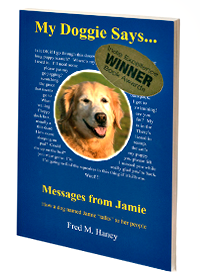The Bay of San Quentin (Bahia de San Quintin) is a large, natural bay on the Pacific Coast of Baja Mexico. It’s about a four hour drive from the border town of San Ysidro, just south of San Diego. It’s a coastal and saltwater environment rich with wildlife, including California grey whales, gazillions of pelicans and terns, and lots of baitfish to attract large species of fish, like white seabass, yellowtail, halibut, calico bass, and many species of “rock fish.”
There’s no real harbor, right now, for boats. Fishing boats are either trailered in from outside the area, or they are chartered from one of the many local skippers.
The center of fishing activity seems to be the Old Mill Restaurant, a large building constructed by Dutch settlers to mill local grains and, more recently, turned into a restaurant and neighboring hotel. There is one other hotel, a few tackle shops, a few boat charter offices, a fish-cleaning palapa, a pier that is being reconstructed, and a launch ramp for the fishing boats, whether trailered in from outside or chartered locally.
The evening Brad, my son, and I arrived for a few days of fishing, we were greeted by Luca, the launch ramp dog. Luca is a very attractive boxer. When I first met him, I didn’t who owned him, or if he even had an owner. But I knew Luca was a very social dog. The night we arrived, Luca walked over, sniffed our hands, and escorted us as we walked about a quarter mile to Don Eddy’s restaurant. Luca walked side-by-side with us all the way and then said hello to some other fishermen after we arrived at the restaurant.
The next morning, at about 5:00, I made a quick run to the tackle shop to see about buying a few Krokodiles (metal jigs for catching fish). As I arrived at the shop, a truck pulled up to the Old Mill Restaurant, and out hopped the owner, the chef, and Luca. So now I knew who Luca belonged to.
Later that day, after our fishing trip, I saw Luca with two doggie friends — a German Shepherd and a mutt. The three dogs were being very friendly, licking each others’ noses. Once again, I was impressed at how social and friendly Luca was. It was very clear that Luca was the alpha animal of this small pack. He started the sniffing, and he ended it.
When we went to watch our fish (yellowtail, ling cod, calico bass, red rock fish) being cleaned under the palapa, there was Luca checking out the day’s catch. He surveyed the fish-cleaning papapa, and then he stood at my side for several minutes, as if to say, “not a bad catch, Fred, but no white sea bass; too bad.”
As our trip progressed, I noticed that Luca worked the whole area from the fish-cleaning palapa to Don Eddy’s, never missing an opportunity to greet a new group of fishermen, quick to welcome patrons to the Old Mill Restaurant, and right on top of all the activities at the launch ramp.
Luca is a great ambassador for Bahia de San Quintin!















